Everything You Want To Know About Pneumatic Pipe Is Here
Everything You Want To Know About Pneumatic Pipe Is Here
Pneumatic pipe systems are a popular choice for many industrial and commercial applications. They offer a reliable way to transport air, gas, liquids, and other materials quickly and efficiently. Pneumatic pipes are made of corrosion-resistant materials such as aluminum, brass, copper, stainless steel, and plastic. They come in a variety of sizes ranging from small bore to large bore. Pneumatic pipes are typically connected with either flanged joints or threaded fittings. They are commonly used in pneumatic systems for air conditioning, refrigeration, and vacuum technology. Additionally, they can be found in many manufacturing processes such as food processing and material handling. Pneumatic pipes have several advantages over traditional piping systems including reduced labor costs, improved safety, and lower installation costs. Pneumatic pipe systems are easy to install and require minimal maintenance compared to other types of piping systems.
Pneumatic pipes are a popular choice among many industries. They are made of lightweight materials, such as aluminum or plastic, and offer several advantages over traditional piping systems. Pneumatic pipes are easy to install, require minimal maintenance, and are corrosion resistant, making them an ideal choice for applications involving the transportation of liquids, gases or both. Pneumatic pipes also have a low cost of ownership due to their long lifespans and the fact that they require less maintenance than traditional piping systems. Additionally, pneumatic pipes offer superior flexibility and flexibility in terms of customization and design. This allows for quick installation, repair, and reconfiguration of the piping system for various applications.
Pneumatic pipe systems are a popular choice for commercial and industrial applications due to their easy installation and ability to transport material quickly and efficiently. Pneumatic pipes use air pressure to push materials such as air, water, gas, and other liquids through the pipes. The advantages of using pneumatic pipe systems include their low cost, minimal maintenance requirements, and their ability to transfer materials quickly and efficiently. They are also highly reliable when it comes to transporting materials over long distances. Additionally, pneumatic pipe systems offer a variety of control options depending on the application. For example, some systems can be configured with sensors or controllers that allow you to adjust the flow rate of the material being transported.
What is the main purpose of Pneumatic Pipe
The main purpose of pneumatic pipes is to transport compressed air from one point to another in a safe and efficient manner. They are an important part of many industrial processes, and can help reduce labor costs while increasing efficiency.
The main purpose of Pneumatic Pipe is to transport various materials such as liquids, gases, and powders over long distances in a safe and efficient manner. It is an economical, reliable, and efficient way to move materials from one location to another.
Types of Pneumatic Pipes
1. Polyethylene Tubing: Polyethylene tubing is the most common type of pneumatic pipe and is typically used to transport air and other gases. It is lightweight yet strong, making it ideal for a variety of applications.
2. PVC Tubing: PVC tubing is another popular option for pneumatic pipes due to its strength, flexibility, durability, and affordability. It is also highly resistant to corrosion and can withstand temperatures up to 140 degrees Fahrenheit.
3. Nylon Tubing: Nylon tubing is commonly used for pneumatic applications due to its high strength-to-weight ratio and its ability to resist abrasion and impact. It is also lightweight and easy to install, making it a great choice for tight spaces.
4. Copper Tubing: Copper tubing is an excellent material for pneumatic pipes due to its malleability and heat conductivity. It is also relatively inexpensive and has excellent corrosion resistance, making it a popular choice in many industries.
5. Aluminum Tubing: Aluminum tubing offers high tensile strength at a low price point, making it an affordable option for many applications. It is lightweight yet durable, making it ideal for use in confined spaces or where weight restrictions are in place.
What are the characteristics of Pneumatic Pipe
Pneumatic pipe systems are cost-effective and reliable solutions for transporting a variety of materials. They are designed to be airtight, so no air leakage occurs during transport, and their inner walls are smooth to reduce the risk of clogs or blockages. Pneumatic pipes can transport liquids, powders, and even small solids with minimal effort. They provide excellent noise insulation and are easy to install. Pneumatic pipe systems offer convenience and efficiency, making them an ideal choice for many applications.
1. Pneumatic pipes are an efficient way to transport air or other gases over long distances.
2. Pneumatic pipes are made of various materials such as plastic, metal and rubber, depending on the application.
3. They are easy to install and maintain, making them a cost-effective option.
4. Pneumatic pipes provide reliable operation with minimal disruption, ensuring consistent performance.
5. The interior of the pipes is smooth, allowing for maximum airflow and low pressure loss during operation.
6. The exterior of the pipe is durable and resistant to environmental influences like temperature changes and corrosion.
7. Pneumatic pipes can be used in many different applications such as medical, industrial and automotive systems.
How to install Pneumatic Pipe
1. Start by gathering the necessary materials for installation, such as pneumatic pipe, fittings, and fasteners.
2. Next, measure the area where the pneumatic pipe is to be installed to determine the length of pipe required.
3. Cut the pneumatic pipe to size using a saw or a pipe cutter.
4. Attach the fittings to both ends of the pipe according to the manufacturer's instructions.
5. Secure the fittings in place with fasteners such as screws or bolts.
6. Connect the pneumatic pipe to its source and destination using appropriate connectors.
7. Finally, test the connection for proper operation before use.
China Nylon Tubing Manufacturer
Yiwu Vanzon Import And Export Co.,Ltd was founded in 2008, is one of professional and leading manufacturer of pneumatic products, specialized in manufacturing nylon tubing, pu hose, air brake coils, pneumatic fittings, trailer cables as well as other customized parts.
Our factory is in ShaoXing Zhuji and Ningbo Yuyao. The manufacturing facilities of our company are big enough to fulfill your order, yet small enough to keep quality and customer satisfaction first. We have 15 tube production lines as well as 12 boilers to deal with air brake coils and trailer hose. Our hoses meets SGS, ISO14743, DIN 73378 ,DIN 74324 ,DOT Standard.
From the beginning, our purpose has been to provide quality tools and parts at a value price. We have a team of employees that work hard to ensure we offer the fastest response time without affecting the quality of the tools we provide.



-1671780874719.png)



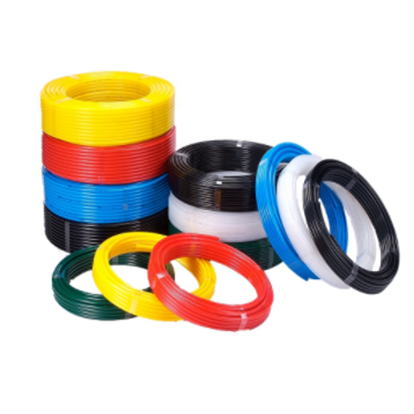 Nylon tubing
Nylon tubing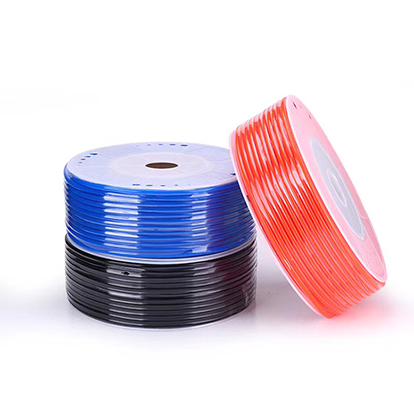 PU Hose
PU Hose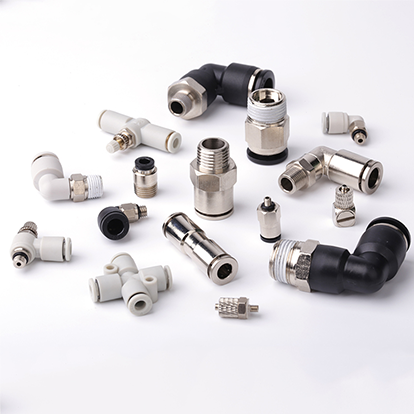 Fitting
Fitting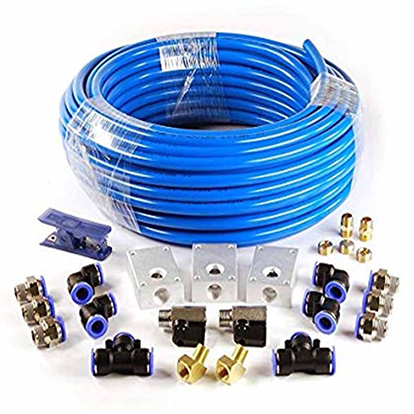 Kit/set
Kit/set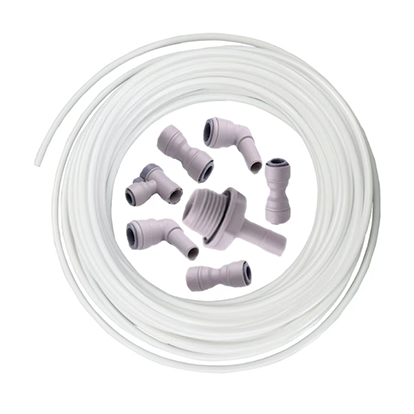 Water Purifer Hose And Connector
Water Purifer Hose And Connector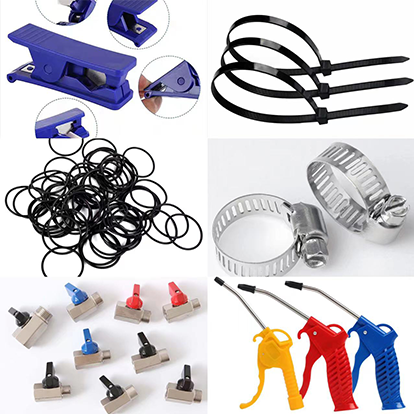 Accessory
Accessory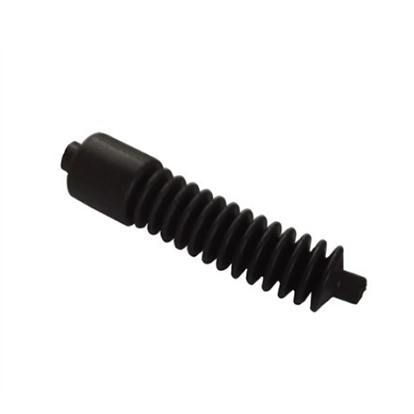 Customized Part
Customized Part










